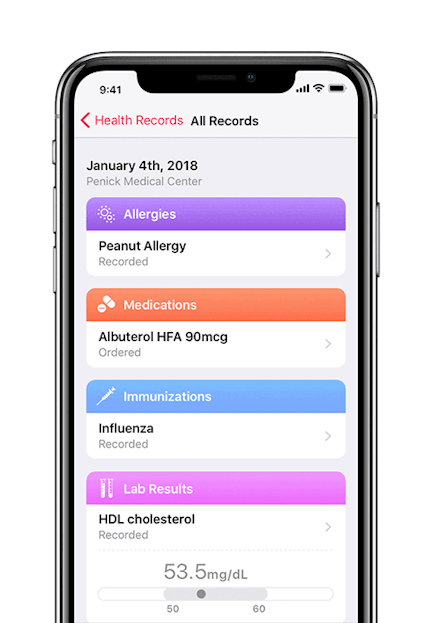Perspectives

We’re in a transition time in healthcare, one that scares a lot of hospitals and medical practice groups. Healthcare is going digital, and with digitalization comes the major tech and consumer companies. Amazon, Google, Apple, Walmart, CVS, Samsung and more have already entered healthcare, and the disruption will come quickly. Apple and Amazon, both worth over $1tn, have the money, power, scale, brands and reach to dramatically alter consumer behavior and, in this case, patient lives.
So how do current providers, HCPs and hospitals compete with such major tech companies? They do it by keeping up to date with what moves these giants – what they’re thinking about, what they’re currently making – and joining in on the game.
It comes down to three main categories, with significant overlap: the changing patient experience, new revenue streams, and additional services to offer.
PATIENT EXPERIENCE
We’re seeing healthcare move out of the traditional clinic and into the patient’s home. The house call is back, both in person and by virtual care. Telemedicine, or virtual care, is expected to grow from an $18.1bn global industry in 2015 to a $41.2bn industry by 2021.
Patients will come to expect their healthcare on demand and everything online
In the US, some of the largest payers are pushing this agenda forward in a big way. The VA (Veterans Health Administration), the largest health system in the US; Kaiser Permanente, with 12 million patients; and United Healthcare, the largest private payer – all have jumped into virtual care. In addition, companies like Heal offer next day physician appointments, in home, for a standard copayment – and up to three times more time spent with the physician.
Patients will come to expect their healthcare on demand and everything online. Providers that don’t offer alternative clinic visits, online messaging, and easy online appointments and billing won’t be able to keep up.
NEW REVENUE STREAMS AND ADDITIONAL SERVICES TO OFFER
While some of the new services offered might not impact the bottom line directly with additional revenue, the majority likely will.
New services, in addition to virtual care and online interaction, can include transportation partnerships like the ones already appearing in the US. Many systems have partnered with Lyft and Uber to help get patients to their appointments, and the healthcare office can co-ordinate with patients both via smartphone and landline, making sure not to exclude people who don’t have a smartphone.
In the US, remote monitoring is now being reimbursed by Medicare, and with good reason. You can now send patients home with a tracking device or point-of-care diagnostic, helping catch potential problems early before the patient needs an expensive intervention. Existing practices can charge a subscription fee to the patient for remote monitoring, in addition to the initial virtual or in-person clinic visit to set up the remote monitoring, adding an additional revenue stream.

Apple has now partnered with hundreds of hospitals so that patients can download their electronic medical record (EMR) to their iPhones – the list includes a lot of the top health systems in the US such as Cedar-Sinai, Duke, Stanford and Harvard. This – combined with Oracle, IBM, Microsoft, Salesforce, Amazon and more taking a recent co-operative pact to remove the barriers for adoption in healthcare interoperability – means that soon we’ll be seeing more standardized and interoperable data, including EMRs as well as all the IoT devices.
The best way to stay on trend is by following what the major tech companies are moving into and figuring out how to incorporate this into your organization. Or, choose to stay exactly as you are and join the ranks of history along with Kodak. It’s your choice.








